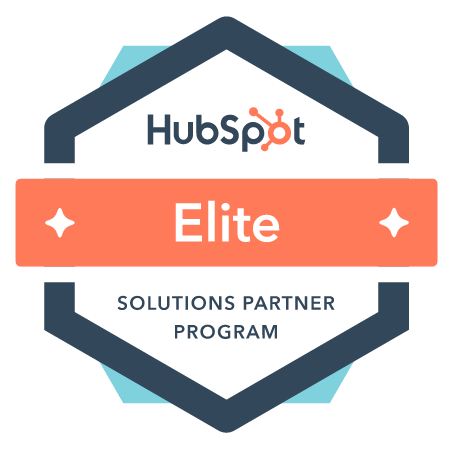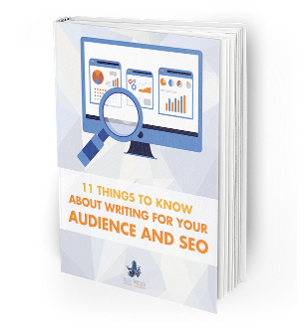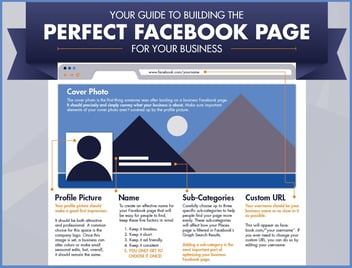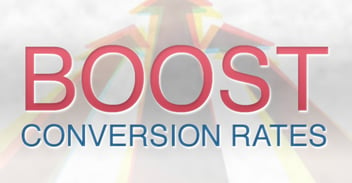
While creating exceptional written content is an essential aspect of search engine optimization (SEO), many people find writing to be stressful and difficult. How many times have you sat in front of your computer, struggling for a topic to write about or something interesting to say? To develop a prominent online presence, you must continuously create compelling content that your audience values. So, how do you overcome the inevitable writers’ block and keep your company’s website full of fresh, interesting, high quality content? Try these tips.
Develop Topics
When you’re blogging for business, there are several resources you can tap for topic ideas.
- If your blog is established, look over analytics to find topics that have performed well in the past. You can write on previous topics from a new angle, revisit topics that are affected by new information (like recent news items or the latest research breakthrough), or combine ideas from two or more successful articles for a fresh way of getting your ideas across.
- Keep an eye on industry trends, and offer your professional perspective on them. What are the latest innovations in your industry? What do you think of them, and how will these developments affect how you do business or the advice that you give clients?
- Look for trending topics online, and think of interesting ways to tie them into your industry. For example, last year, when people across the globe were hunting for tiny cartoon monsters everywhere they went, we published a blog post about marketing lessons we drew from the success of Pokémon Go.
- Are there common misconceptions about aspects of your industry? Titles like, “Why Everything You Thought You Knew About X Is Wrong” or that make a statement that is in direct opposition to popular belief are provocative and tap into readers’ natural curiosity.
- Think about who comprises your target audience and the problems that your business can help them solve. Why do customers come to you? What problems do they experience, and what questions do they ask? A frequently asked question that you can answer in a helpful way can make an excellent blogging topic.
- Developing a content calendar can be a great way of helping you continuously come up with new topics. Decide ahead of time what types of topics you’d like to cover at what times of year. If your business has a seasonal nature, decide what types of topics will have the most impact at which times of year, and block out your calendar accordingly. Observance days that are connected with your industry can provide inspiration for topics; for example, a library might write an article praising the dedication of their employees for National Library Workers Day, or a nursing home might publish an article about the importance of family visits around National Grandparents Day.
Build a Compelling Article
Main Ideas
Once you have a topic in mind that is likely to resonate with your readers, it’s time to start organizing your ideas about that topic. Make a list of the important points within your topic. If it’s a topic you already understand well, you can likely do much of this off the top of your head. As you research your topic, pull ideas you like from other sources, and add them to your list.
Audience
After you have an idea of what kinds of things you’d like to say, the next step is to organize those thoughts in a way that hooks your readers and holds their attention. Part of being able to do this is understanding who your audience is. Develop buyer personas (fictional representations of your various types of customers) to solidify your thinking about this. Speak directly to those personas in your article, and address their specific questions, problems, and needs.
Structure
When you know basically what you want to say and to whom you’re saying it, then you can organize your ideas into a structure that draws your readers in, takes them on a journey, and leaves them somehow better off (informed, entertained, or having gained new tools) at the end.
Opening Paragraph
If your article is addressing a problem or question, lay it out very concretely in your opening paragraph. The better you can illustrate that you understand your audience’s struggles or questions, the more attentive they will naturally be to what you have to say. Vivid descriptions of your audience’s pain points can make great hooks for your articles. Make sure to promise a solution, which you’ll deliver in the paragraphs that follow.
If your article is something else, like a product review, an interview, a reflection on news or industry developments, then highlight some of the most important, interesting, and relevant ideas in your opening paragraph to incentivize the reader to stay with you. Remember that an opening paragraph is a preview of what you’re about to deliver; it gets your reader in the right mindset to dig into the information that follows.
Body Paragraphs
As you develop the body paragraphs of your article, remember to have a clear purpose for each one. This is the reason your teachers asked you to write “topic sentences” for your essays and each paragraph they contained; it forces you to keep your writing focused and logically organized. While you don’t always need a topic sentence in the strict sense of the term, you do need to understand why you’re organizing your sentences as you are. Rambling paragraphs that meander through several different ideas can lose readers quickly. Make sure you make it clear to your readers what you’re doing with each paragraph and section of your article and why they should continue to follow along.
When blogging, it’s best to keep your body paragraphs short and include visual breaks, such as section headings, images, bullet points, and white space, to help readers stay focused as well as allow them to scan your article for important points. Online readers are used to quickly digestible information. While you also want to provide a certain level of depth for the sake of content quality, making it easy for readers to see your main points by scanning your lets them preview your ideas before deciding whether reading more deeply is worth the investment. If visitors can’t see the value you’re providing in the first few seconds on your web page, then they are less likely to stick around to read the details.
Conclusion
Your conclusion should neatly wrap up the ideas in your article, and in a business blog, should also suggest next steps for your readers to take. Including calls to action with each blog post is a good way to keep your audience engaged. What next steps you provide will depend on your business, your website design, and your goals. Often, businesses will link calls to action to landing pages, which allow website visitors to do things like contact the business, request a quote, set up a consultation, access additional resources, or get discounts in exchange for some basic contact information.
Are you ready to get started? Feel free to use any of Blue Frog Marketing’s online resources for help. Our blog contains many helpful tips on writing, SEO, content marketing, and many other digital and print marketing topics, and our extensive library of ebooks offer more in-depth information. Click the image below for specific tips on writing for your audience while making your website more easily recognizable to search engines. If you don't have the time or staff to write quality content internally, we can help! Blue Frog offers professional content creation services for any sized business. We have offices in Des Moines, Iowa, Denver, Colorado, and Huron, Ohio, and we serve satisfied clients nationwide. Click here to get in touch with us!




